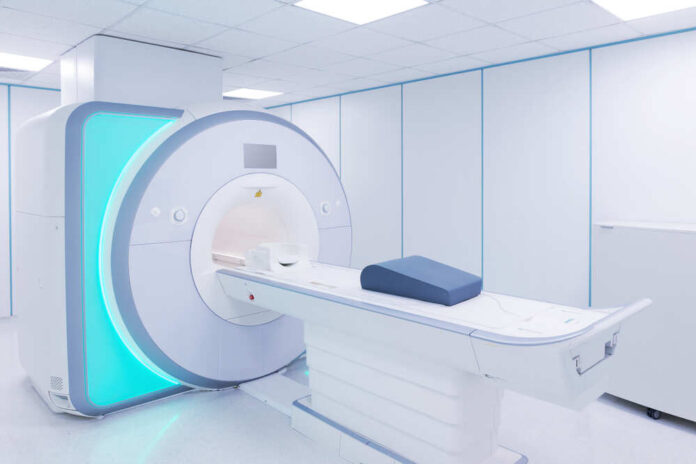
Prostate cancer, the most common cancer in men, now has a new enemy: Sound. A new study reveals that an experimental procedure which pairs MRI with targeted ultrasound has yielded astonishing results.
Prostate cancer, like all cancers, can kill the patient in the advanced stages, but in early stages it can impact urinary and erectile function, massively impacting the quality of life of sufferers. Most prostate cancer is usually slow-moving, and is detected late in life, and the current best-practices therapy suite (which includes surgery, immune drugs, chemotherapy, and radiation) have notable and dangerous side effects and can hasten the onset of erectile dysfunction and urinary incontinence. Faced with this reality, many men who are diagnosed choose to forego treatment in favor of preserving quality-of-life as best they can.
But sufferers may no longer be faced with that stark choice.
The new procedure uses an MRI scanner as a precision targeting device. A tiny ultrasound probe is passed up the urethra through a catheter and shoots ultrasound directly into the affected tissues, minimizing collateral damage. According to Dr. Steven Raman, the project’s lead researcher and a professor at UCLA’s David Geffen School of Medicine, this new procedure achieves the three most enviable results in prostate cancer treatment: full control of the tumor that leaves continence and potency intact.
The study was conducted on 115 men in 13 hospitals across five countries. The outpatient procedure requires only three hours, and can be done under either general anesthesia or spinal anesthesia. An impressive 76% of all men who underwent the treatment and the 12-month follow-up biopsy enjoyed full remission of their cancers. In addition, it also reduce their Prostate-Specific Antigen (PSA) levels and reversed swelling of the prostate by 92%, which is typical in older men and creates discomfort and other problems even when cancer does not follow. This revolutionary result is poised to save millions of lives once approved by regulators.













